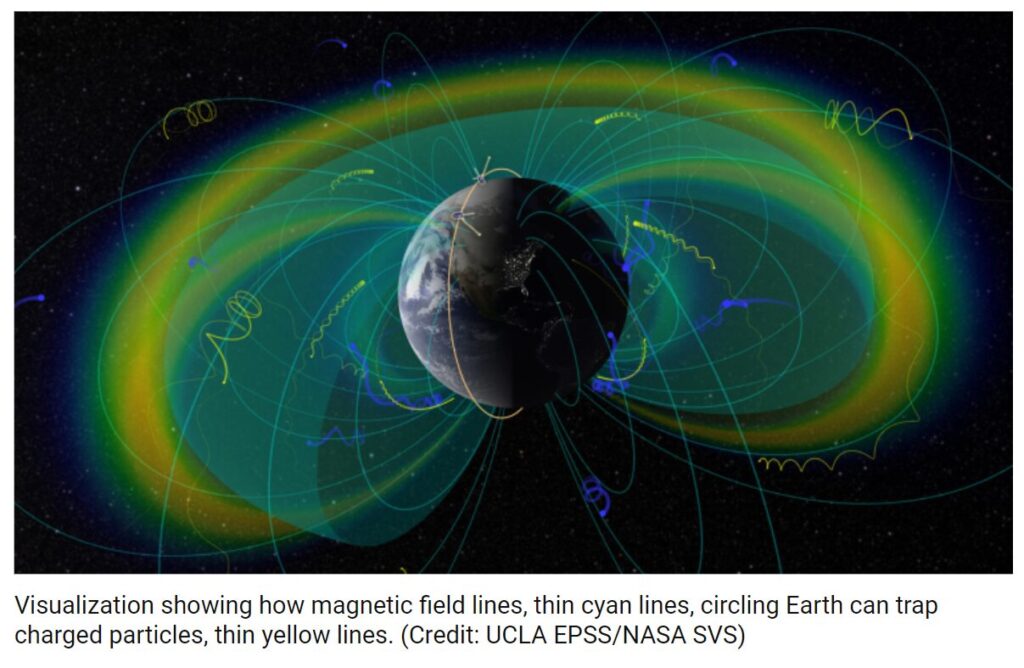
Scientists have detected cosmic waves that sound like birds chirping in an unexpected place.
These bursts of plasma, called chorus waves, ripple at the same frequency as human hearing. When converted to audio signals, their sharp notes mimic high-pitched bird calls.
Researchers have captured such sounds in space before, but now they have sensed the chirping waves from much farther away: over 62,000 miles (100,000 kilometers) from Earth, where they’ve never been measured before.
“That opens up a lot of new questions about the physics that could be possible in this area,” said Allison Jaynes, a space physicist at the Unive...
Read More









Recent Comments